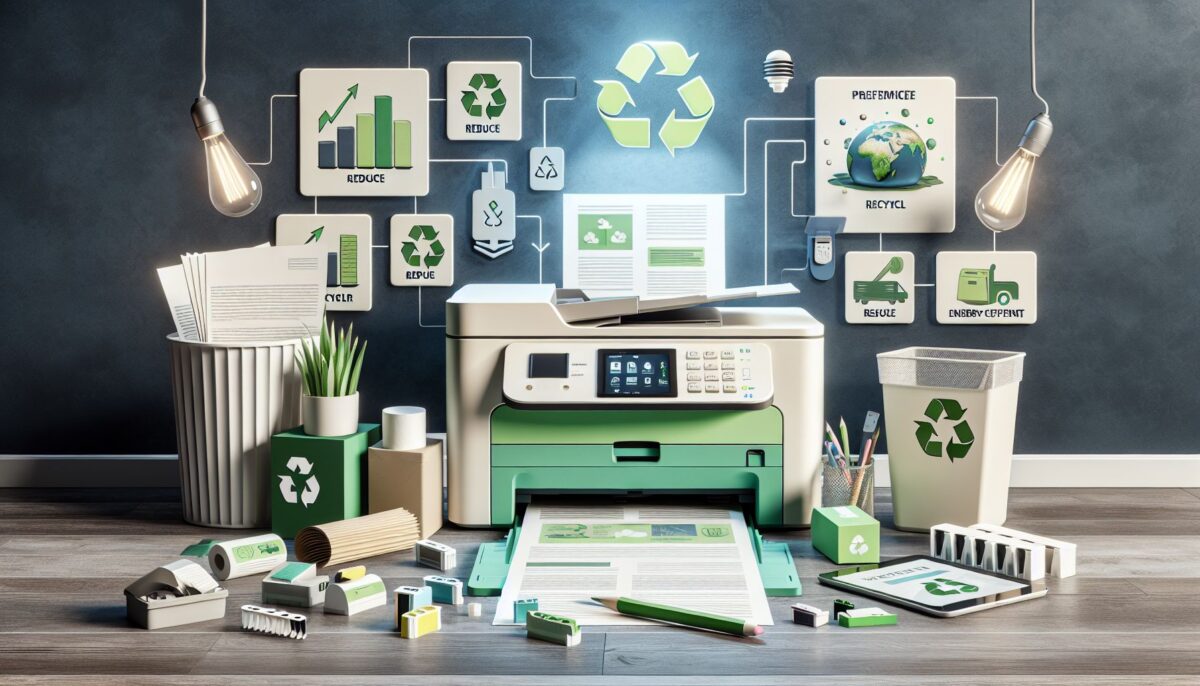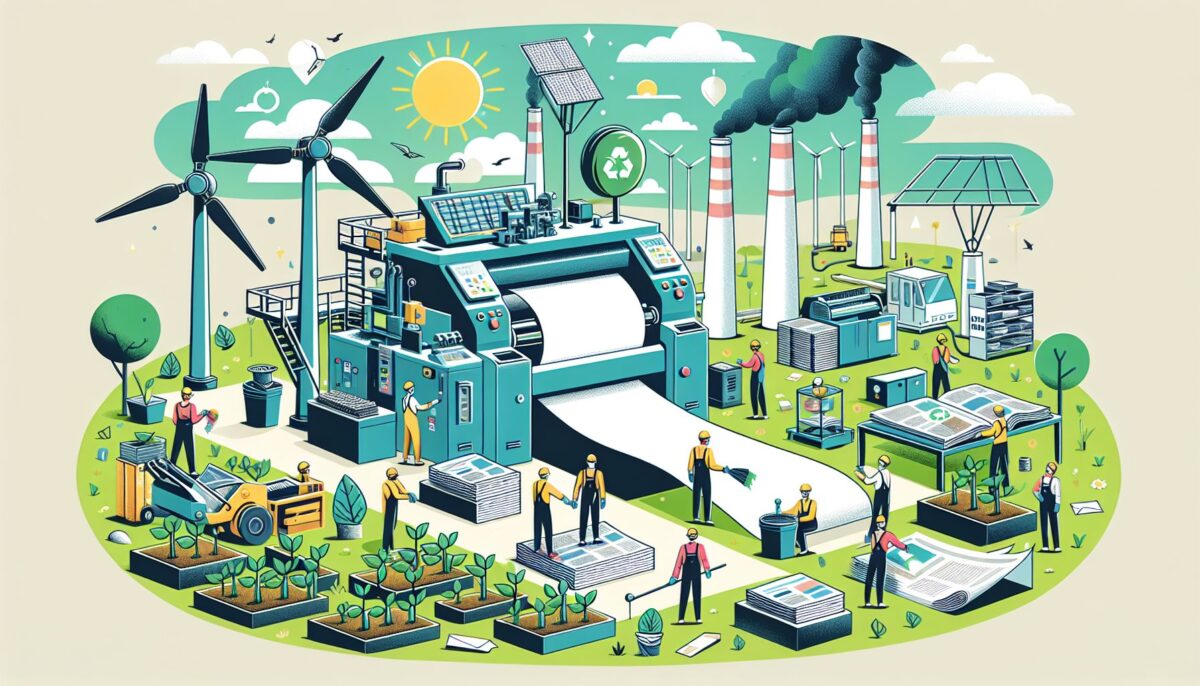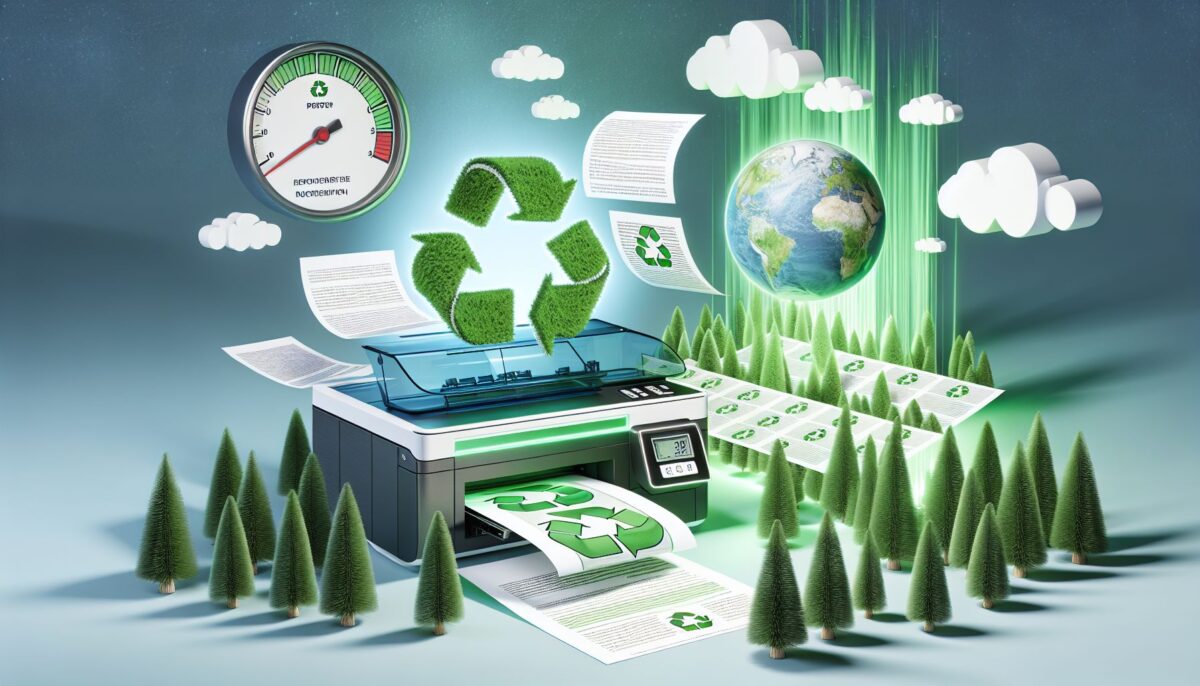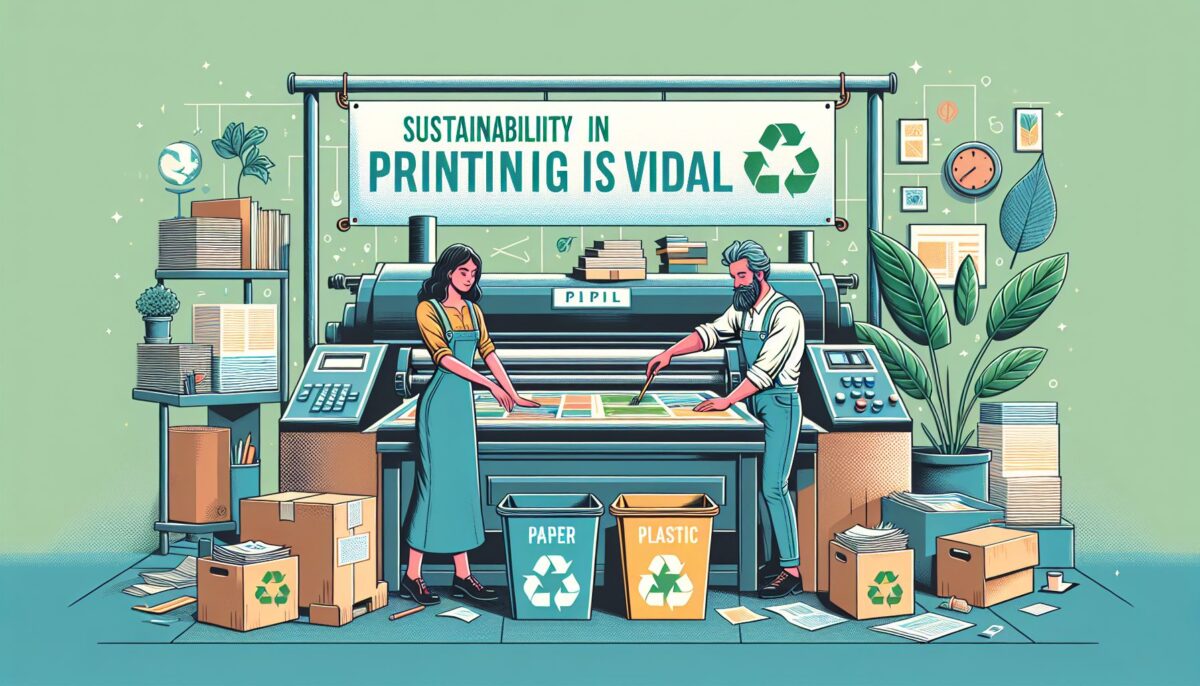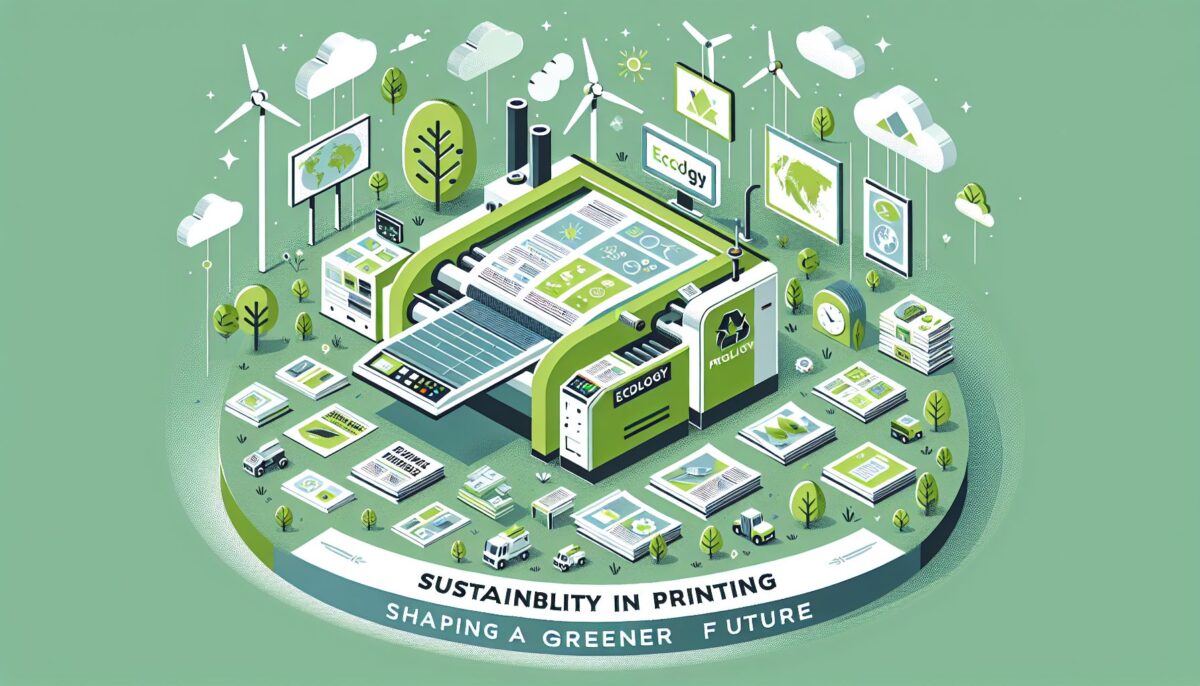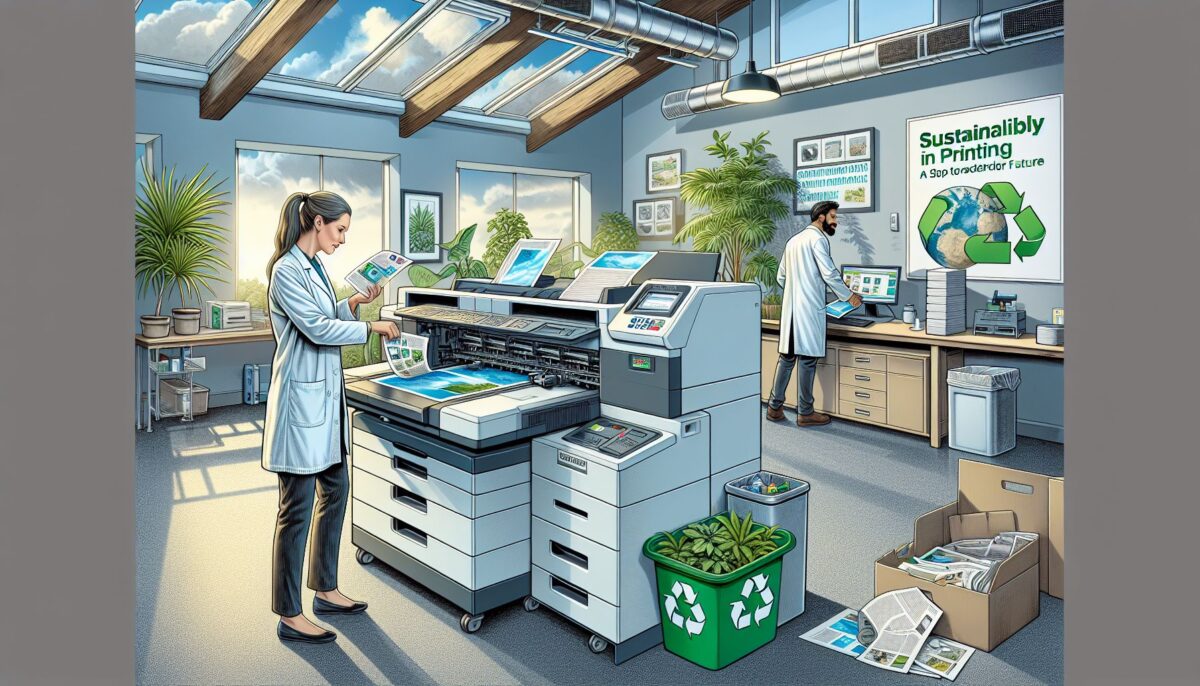In an age where environmental awareness is at an all-time high, industries around the world are being called upon to reduce their carbon footprint and embrace more sustainable practices. The printing industry, which has long been associated with waste and pollution, is no exception. However, with advancements in technology and a growing focus on sustainability, printing companies are finding new ways to minimize their impact on the environment while still delivering high-quality products to their customers.
The Need for Sustainable Printing Practices
Printing, as we know it, has traditionally been a resource-intensive process that produces a significant amount of waste. From the use of paper and ink to the energy consumption of large printing presses, the environmental impact of the printing industry cannot be ignored. According to the Environmental Protection Agency, the average American office worker uses 10,000 sheets of paper each year. This not only leads to deforestation but also contributes to greenhouse gas emissions through the production and transportation of paper.
In addition to paper waste, the chemicals used in printing inks and toners can be harmful to both the environment and human health. These chemicals can leach into soil and water sources, contaminating ecosystems and causing long-term damage. Furthermore, the energy consumption of printing presses and equipment can be a major contributor to carbon emissions, especially if the electricity used is derived from non-renewable sources.
The Rise of Eco-Friendly Printing
Despite these challenges, the printing industry is making strides towards sustainability. Many printing companies are now offering eco-friendly alternatives to traditional printing methods, such as soy-based inks, recycled paper, and energy-efficient printing presses. These environmentally friendly options not only reduce waste and emissions but also provide customers with a more sustainable choice for their printing needs.
One of the most significant advancements in sustainable printing is the use of digital printing technology. Digital printing produces less waste than traditional offset printing, as it eliminates the need for printing plates and reduces ink and paper consumption. Additionally, digital printing allows for more efficient production, as jobs can be printed on demand and in smaller quantities, reducing excess inventory and waste.
Implementing Sustainable Practices in Printing
For printing companies looking to embrace sustainability, there are several steps they can take to minimize their environmental impact. One of the first steps is to invest in eco-friendly materials, such as recycled paper and soy-based inks. These alternatives not only reduce waste but also provide a higher quality product for customers who are increasingly seeking out environmentally friendly options.
Another important aspect of sustainable printing is energy efficiency. Printing companies can reduce their carbon footprint by investing in energy-efficient equipment and implementing practices to minimize energy consumption. This can include using digital printing technology, which is inherently more energy-efficient than traditional offset printing, as well as optimizing equipment usage and implementing energy-saving strategies in the printing process.
Furthermore, recycling and waste reduction efforts are essential for sustainable printing practices. Printing companies can implement recycling programs for paper, ink cartridges, and other printing materials, as well as minimizing waste through efficient production practices. By reducing waste and promoting recycling, printing companies can significantly decrease their environmental impact and contribute to a greener future.
The Benefits of Sustainable Printing
Embracing sustainable printing practices not only benefits the environment but also offers numerous advantages for printing companies and their customers. By reducing waste and emissions, printing companies can lower their operating costs and improve their bottom line. Additionally, eco-friendly printing options can attract environmentally conscious customers who are increasingly seeking out sustainable products and services.
From a branding perspective, promoting sustainability can also enhance a printing company’s reputation and attract new business opportunities. Customers are becoming more aware of the environmental impact of their purchasing decisions and are actively seeking out companies that prioritize sustainability. By positioning themselves as eco-friendly printers, companies can differentiate themselves in a competitive market and appeal to a growing market of environmentally conscious consumers.
Conclusion
As the demand for sustainability continues to grow, the printing industry must adapt to meet the needs of both the environment and consumers. By embracing eco-friendly materials, energy-efficient practices, and waste reduction initiatives, printing companies can significantly reduce their environmental impact and contribute to a greener future. Sustainable printing is not only a responsible choice for businesses but also a smart one, as it offers numerous benefits for both the environment and the bottom line. By making the switch to sustainable printing practices, printing companies can position themselves as leaders in a rapidly evolving industry and pave the way for a more sustainable future.…


